Ireland: St. Canice's Cathedral
Jan 6, 2021 15:19:06 #
St Canice's Cathedral (Irish: Ardeaglais Naomh Cainneach, also known as Kilkenny Cathedral, is a cathedral of the Church of Ireland in Kilkenny city, Ireland. It is in the ecclesiastical province of Dublin. Previously the cathedral of the Diocese of Ossory, it is now one of six cathedrals in the United Dioceses of Cashel and Ossory.
The present building dates from the 13th century and is the second longest cathedral in Ireland, after St Patrick's Cathedral, Dublin. Beside the cathedral stands a 100 ft 9th-century round tower. St Canice's tower is an example of a well-preserved 9th-century "Celtic Christian" round tower. It is dedicated to St Canice. It is one of only three such medieval round towers in Ireland that can still be climbed to the top, the other two being Kildare Round Tower in Kildare Town and Devenish Round Tower in County Fermanagh.
The cathedral stands on the site of a Celtic Christian monastery said to have been founded in the sixth century by St Canice as a daughter house of Aghaboe Abbey. The Synod of Rathbreasail in 1111, which first divided Ireland into territorial dioceses, included both Aghaboe and Kilkenny in the Diocese of Ossory, with the episcopal see at Kilkenny, the capital of the Kingdom of Ossory. Thus the abbey church became the cathedral. The erroneous belief that the see was originally at Aghaboe and later transferred to Kilkenny is traced by John Bradley to a 16th-century misinterpretation of a 13th-century property transfer.
Following the English Reformation, the reformed church in Ireland was established by decree of the Irish Parliament to become the state church in the Kingdom of Ireland as the Church of Ireland, taking possession of most church property (and so retaining a great repository of religious architecture and other items, though some were later destroyed).
The substantial majority of the population, however, remained faithful to Roman Catholicism, despite the political and economic advantages of membership in the state church. Since St Canice's Cathedral was taken over in this way, Roman Catholic adherents were consequently obliged to worship elsewhere. St Mary's Cathedral in Kilkenny was later built for the Roman Catholic diocese.
The cathedral contains some 16th-century monuments. The architectural style of the cathedral is Early Gothic and is built of limestone. It is richly endowed with many stained glass windows, including the East window which is a replica of the original 13th-century window. The cathedral contains some of the finest 16th-century monuments in Ireland.
Kilkenny was the ancient capital of the Kingdom of Ossory and St Canice's Cathedral stands on a site which has experienced Christian worship since the 6th century. The name of "Kilkenny" itself retains the anglicised version of the Irish Cill Chainnigh, which translates as "Church of Cainneach", or "Canice".
The earliest church on the site is presumed to have been made of wood, later to be replaced in the later medieval period by a romanesque-style stone church. This was in turn replaced by the current imposing medieval cathedral. A few yards from the present south transept stands an imposing 9th-century round tower, 100 ft high. Accessible only by a steep set of internal ladders, it may once have been both a watchtower and a refuge. The summit gives a clear view of Kilkenny and the countryside around. The hill on which the cathedral stands is believed to be the centre of the first major settlement at Kilkenny, and the round tower suggests an early ecclesiastical foundation.
Much less is known about the early secular structures, but the area around the cathedral, called Irishtown, is the oldest part of the present city.
Unfortunately we didn't have time to explore the interior of this magnificent structure on our walking tour so I hope you enjoy these exterior shots. For more information about the Cathedral and some interior images, visit
https://en.wikipedia.org/wiki/St_Canice%27s_Cathedral
Mark
The present building dates from the 13th century and is the second longest cathedral in Ireland, after St Patrick's Cathedral, Dublin. Beside the cathedral stands a 100 ft 9th-century round tower. St Canice's tower is an example of a well-preserved 9th-century "Celtic Christian" round tower. It is dedicated to St Canice. It is one of only three such medieval round towers in Ireland that can still be climbed to the top, the other two being Kildare Round Tower in Kildare Town and Devenish Round Tower in County Fermanagh.
The cathedral stands on the site of a Celtic Christian monastery said to have been founded in the sixth century by St Canice as a daughter house of Aghaboe Abbey. The Synod of Rathbreasail in 1111, which first divided Ireland into territorial dioceses, included both Aghaboe and Kilkenny in the Diocese of Ossory, with the episcopal see at Kilkenny, the capital of the Kingdom of Ossory. Thus the abbey church became the cathedral. The erroneous belief that the see was originally at Aghaboe and later transferred to Kilkenny is traced by John Bradley to a 16th-century misinterpretation of a 13th-century property transfer.
Following the English Reformation, the reformed church in Ireland was established by decree of the Irish Parliament to become the state church in the Kingdom of Ireland as the Church of Ireland, taking possession of most church property (and so retaining a great repository of religious architecture and other items, though some were later destroyed).
The substantial majority of the population, however, remained faithful to Roman Catholicism, despite the political and economic advantages of membership in the state church. Since St Canice's Cathedral was taken over in this way, Roman Catholic adherents were consequently obliged to worship elsewhere. St Mary's Cathedral in Kilkenny was later built for the Roman Catholic diocese.
The cathedral contains some 16th-century monuments. The architectural style of the cathedral is Early Gothic and is built of limestone. It is richly endowed with many stained glass windows, including the East window which is a replica of the original 13th-century window. The cathedral contains some of the finest 16th-century monuments in Ireland.
Kilkenny was the ancient capital of the Kingdom of Ossory and St Canice's Cathedral stands on a site which has experienced Christian worship since the 6th century. The name of "Kilkenny" itself retains the anglicised version of the Irish Cill Chainnigh, which translates as "Church of Cainneach", or "Canice".
The earliest church on the site is presumed to have been made of wood, later to be replaced in the later medieval period by a romanesque-style stone church. This was in turn replaced by the current imposing medieval cathedral. A few yards from the present south transept stands an imposing 9th-century round tower, 100 ft high. Accessible only by a steep set of internal ladders, it may once have been both a watchtower and a refuge. The summit gives a clear view of Kilkenny and the countryside around. The hill on which the cathedral stands is believed to be the centre of the first major settlement at Kilkenny, and the round tower suggests an early ecclesiastical foundation.
Much less is known about the early secular structures, but the area around the cathedral, called Irishtown, is the oldest part of the present city.
Unfortunately we didn't have time to explore the interior of this magnificent structure on our walking tour so I hope you enjoy these exterior shots. For more information about the Cathedral and some interior images, visit
https://en.wikipedia.org/wiki/St_Canice%27s_Cathedral
Mark
Approaching the Cathedral from Irishtown
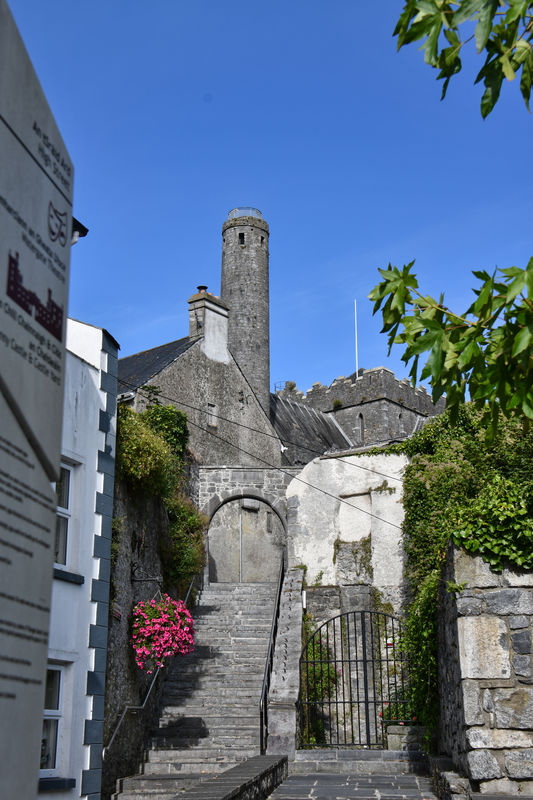
(Download)
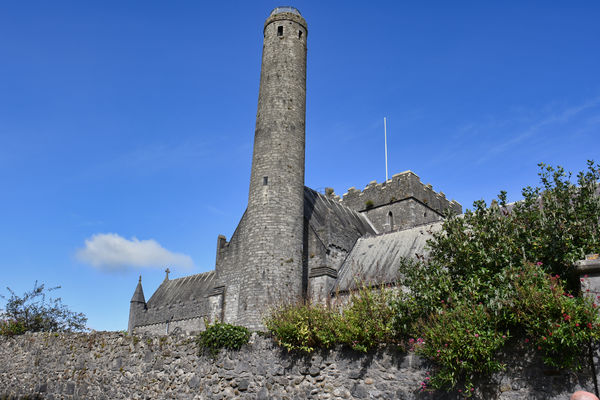
(Download)
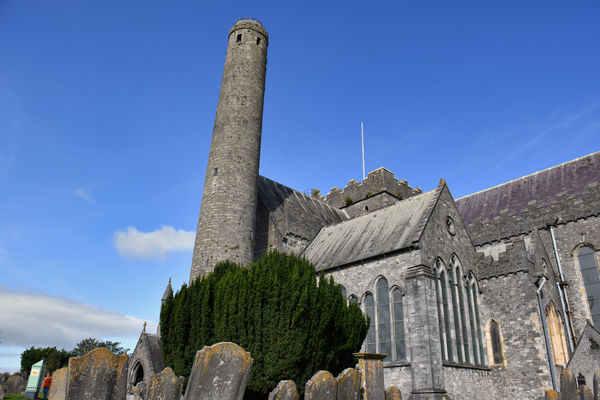
(Download)
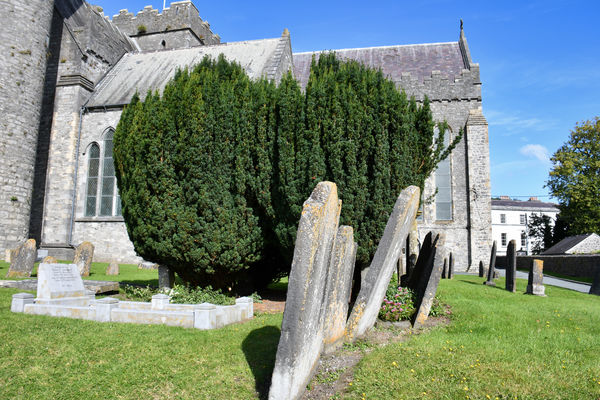
(Download)
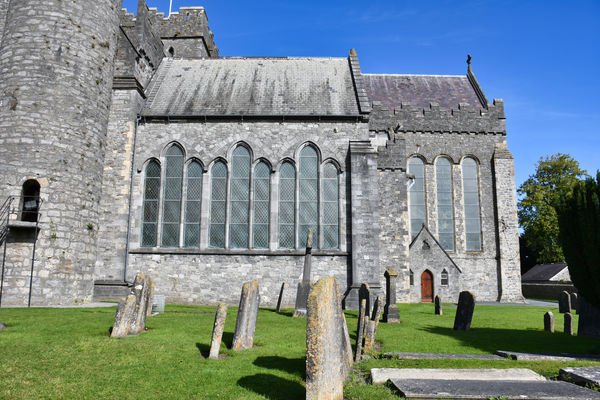
(Download)
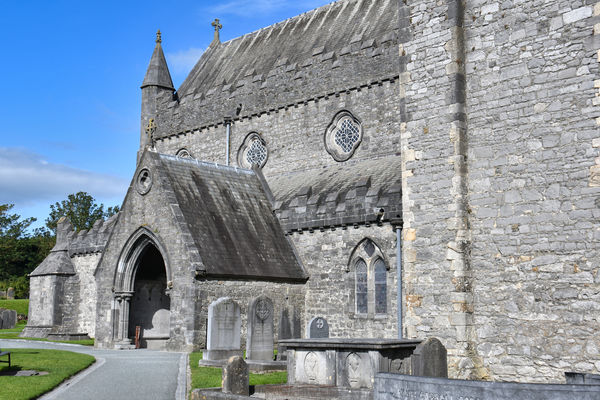
(Download)
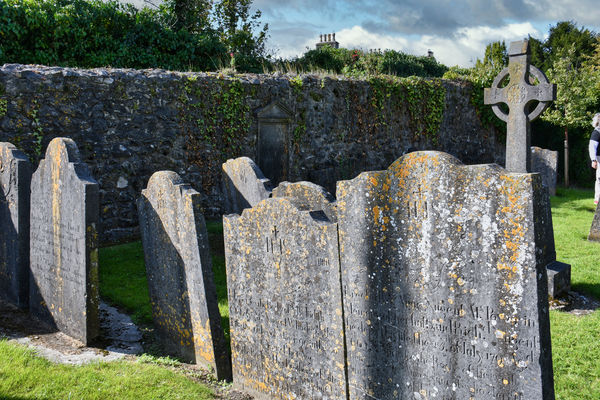
(Download)
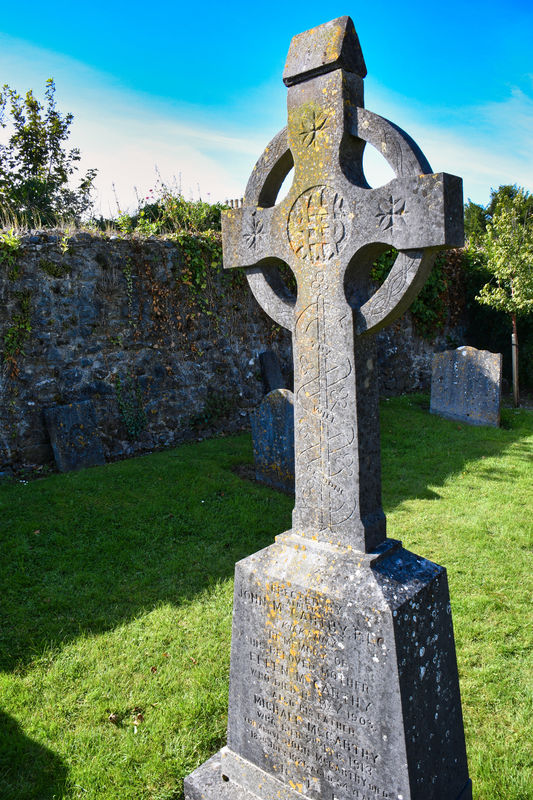
(Download)
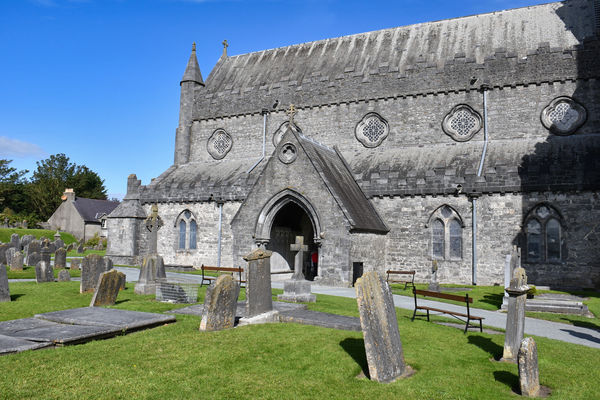
(Download)
While predominately recognized as a symbol of Judaism and Israel, many Christians identify with the Star of David as well.
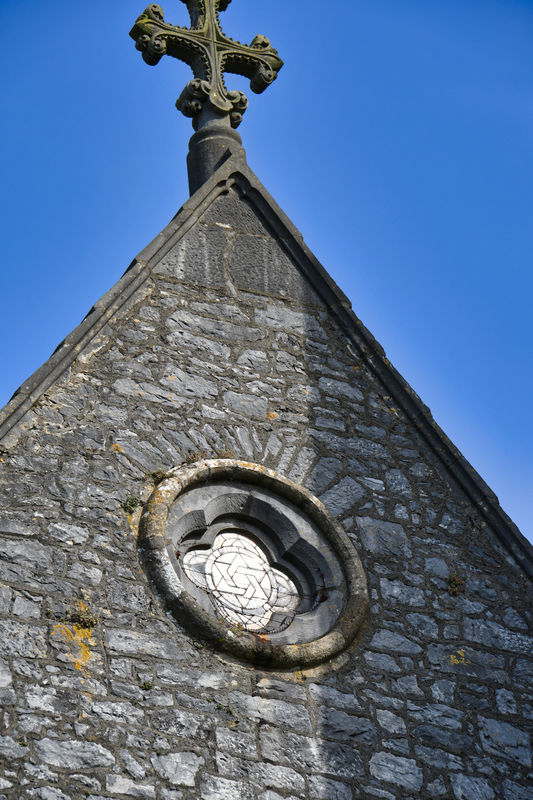
(Download)
Jan 6, 2021 15:36:40 #
Jan 6, 2021 15:41:34 #
UTMike wrote:
Beautiful venue, Mark! How did you cope with all that sun? (LOL)
Thanks so much Mike. It was indeed blinding. My "Transitions" eyeglass lenses came in handy!
Jan 6, 2021 18:40:34 #
srfmhg wrote:
St Canice's Cathedral (Irish: Ardeaglais Naomh Cai... (show quote)
Another fine series Mark.


Jan 6, 2021 19:00:10 #
Beautiful shots! Can you imagine the weight of all those massive blocks of stone? Mind-boggling 

Jan 6, 2021 19:07:26 #
DJphoto wrote:
Another fine series Mark. 



Thanks very much Dennis. Always appreciate your kind words.
Jan 6, 2021 19:08:08 #
joecichjr wrote:
Beautiful shots! Can you imagine the weight of all those massive blocks of stone? Mind-boggling 

Thanks very much Joe. The engineering is awesome.
Jan 6, 2021 20:40:29 #
Jan 7, 2021 07:00:24 #
"Rapunzel! Let down your hair." Kinda got vertigo lookin' at 2 and 3. Nice, Mark.
Jan 7, 2021 07:16:01 #
Jan 7, 2021 07:35:34 #
Jan 7, 2021 08:02:58 #
Jan 7, 2021 08:39:01 #
Jan 7, 2021 09:56:18 #
Jan 7, 2021 12:16:16 #
If you want to reply, then register here. Registration is free and your account is created instantly, so you can post right away.










